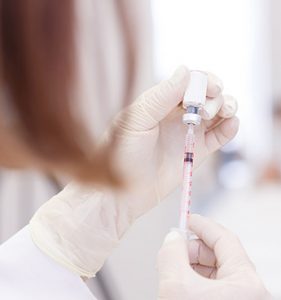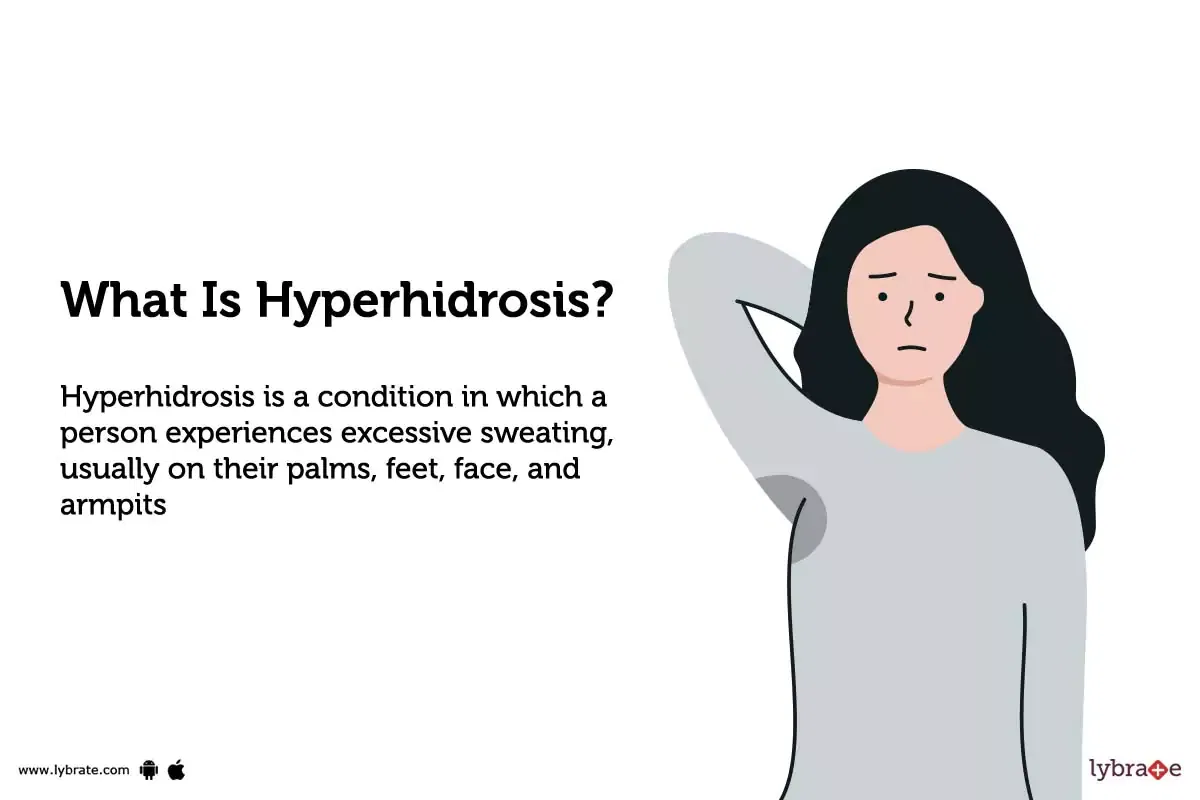Palmoplantar hyperhidrosis is excessive sweating localized to the palms of the hands and soles of the feet. It is a form of focal hyperhidrosis in that the excessive sweating is limited to a specific region of the body. As with other types of focal hyperhidrosis (e.g. axillary and craniofacial) the sweating tends to worsen during warm weather.
Signs and symptoms
Palmoplantar hyperhidrosis is a frequent disorder when excessive amounts of sweat are inappropriately secreted by the eccrine glands in the palms and soles.
Causes
There is little knowledge about the pathogenesis of focal hyperhidrosis. Focal hyperhidrosis may indicate a complicated autonomic nervous system malfunction involving both parasympathetic and sympathetic pathways. Given that 30% to 50% of patients have a family history of hyperhidrosis, there may be a genetic susceptibility.
Diagnosis
Because the excessive sweating is easily noticeable, palmoplantar hyperhidrosis is a clinical diagnosis.
Treatment
For palmoplantar hyperhidrosis, 20% aluminum chloride hexahydrate in absolute anhydrous ethyl alcohol (Drysol) is the most effective topical treatment. Other topical treatments such as potassium permanganate, tannic acid (2 to 5 percent solutions), resorcinol, boric acid, formaldehyde, methenamine, and glutaraldehyde have yielded less than desirable results.
Iontophoresis is a well-known treatment for hyperhidrosis that involves applying a direct electrical current to the skin. Iontophoresis has been combined with a variety of substances, such as tap water, salt water, and anticholinergic medications.
Botulinum toxin type A (Botox) injections are safe, efficient, and frequently enhance the quality of life for those who suffer from hyperhidrosis. The toxin damages the sweat glands' post-ganglionic sympathetic innervation and prevents acetylcholine from being released at the neuromuscular junction.
See also
- Hyperhidrosis
References
Further reading
- Iwase, Satoshi; Ikeda, Takehiko; Kitazawa, Hiroki; Hakusui, Shigetaka; Sugenoya, Junichi; Mano, Tadaaki (1997). "Altered response in cutaneous sympathetic outflow to mental and thermal stimuli in primary palmoplantar hyperhidrosis". Journal of the Autonomic Nervous System. 64 (2–3). Elsevier BV: 65–73. doi:10.1016/s0165-1838(97)00014-3. ISSN 0165-1838.2–3&rft.pages=65-73&rft.date=1997&rft_id=info:doi/10.1016/s0165-1838(97)00014-3&rft.issn=0165-1838&rft.aulast=Iwase&rft.aufirst=Satoshi&rft.au=Ikeda, Takehiko&rft.au=Kitazawa, Hiroki&rft.au=Hakusui, Shigetaka&rft.au=Sugenoya, Junichi&rft.au=Mano, Tadaaki&rfr_id=info:sid/en.wikipedia.org:Palmoplantar hyperhidrosis">
- Eilertsen, Trond; Kvammen, Bjørn Øivind; Grimstad, Øystein (2024). "Botulinum Toxin A and B for Palmoplantar Hyperhidrosis". Dermatology and Therapy. 14 (3): 805–811. doi:10.1007/s13555-024-01113-3. ISSN 2193-8210. PMC 10965841. PMID 38424385.
External links


:max_bytes(150000):strip_icc()/sweaty-palms-palmar-hyperhidrosis-4691320-10512b2d428846059753b76df6dc74c2.png)

